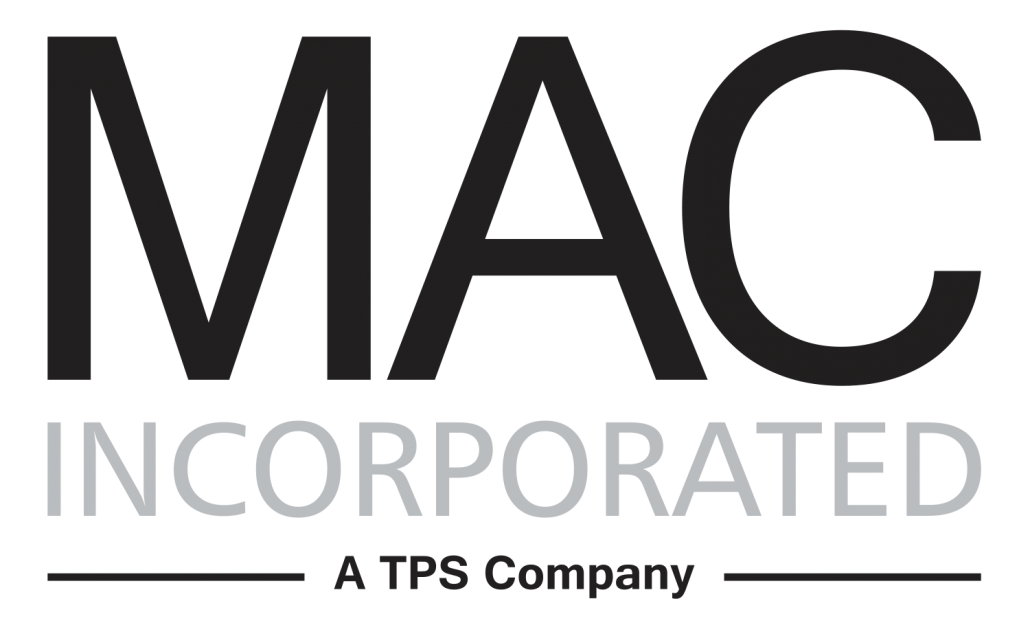Welding Jobs, OSHA Regulations and Workplace Safety
Because welding uses an open flame, the Occupational Safety and Health Administration (OSHA) has strict safety and fire prevention guidelines surrounding welding processes in welding jobs. Below we’ll highlight some of the main guidelines, restrictions, precautions, and supervision requirements you need to follow in order to maintain the safety of your employees and keep your welding processes compliant under the OSHA.
Fire Prevention and Protection.
Under Section 1910.252 of the OSHA, if an object needing to be welded cannot readily be moved, all movable fire hazards in the vicinity of the object needing to be welded should be moved to a safe place. If any fire hazards cannot be moved then guards must be used to confine the heat, sparks, and slag to protect those fire hazards. If these two requirements cannot be performed, then welding cannot occur.
Fire extinguishers shall be maintained in a state of readiness for instant use if any combustible material is present. Fire extinguishing equipment can consist of buckets of water, sand, a hose or portable fire extinguishers depending upon the combustible material present.
Fire Watchers
Whenever welding is being performed in an area where other than a minor fire may develop, fire watchers are required. Fire watchers should have the appropriate fire extinguishing equipment and be trained in its use. They shall be familiar with facilities for sounding an alarm in the event of a fire. They shall watch for fires in all exposed areas, try to extinguish them only when obviously within the capacity of the equipment available, or otherwise sound the alarm. A fire watch shall be maintained for at least a half hour after completion of welding operations to detect and extinguish possible smoldering fires.
Authorization
Before welding is permitted, the area shall be inspected by the individual responsible for authorizing cutting and welding operations. He shall designate precautions to be followed in granting authorization to proceed preferably in the form of a written permit.
Prohibited Areas.
Welding shall not be permitted in areas not authorized by management or in sprinklered buildings while protection is impaired. In the presence of explosive atmospheres (mixtures of flammable gases, vapors, liquids, or dusts with air), or explosive atmospheres that may develop inside unclean or improperly prepared tanks or equipment which have previously contained such materials, or that may develop in areas with an accumulation of combustible dusts, welding is not allowed. Cutting or welding on pipes or other metal in contact with combustible walls, partitions, ceilings or roofs shall not be undertaken if the work is close enough to cause ignition by conduction.
Roles of Management and the Supervisor.
Management should be responsible for the safe usage of welding equipment on its property and based on fire potentials of building facilities, establish safe areas for welding, and procedures for welding. Management must also designate an individual responsible for authorizing welding operations outside of the safe areas when carrying out any welding jobs.
The supervisor should be responsible for the safe handling and use of welding equipment. It is the supervisor’s responsibility to survey the area and remove all combustible and hazardous materials, and then secure authorization for the cutting or welding operations from the designated management representative. The supervisor will then give the final go ahead to the welder. When fire watchers are required, he shall make sure they are present at the site.
At MAC Incorporated we strive to ensure the safety and health of our employees and clients. Stay up to date on the latest OSHA rules and regulations by following our welding blog and regularly visiting osha.gov.

